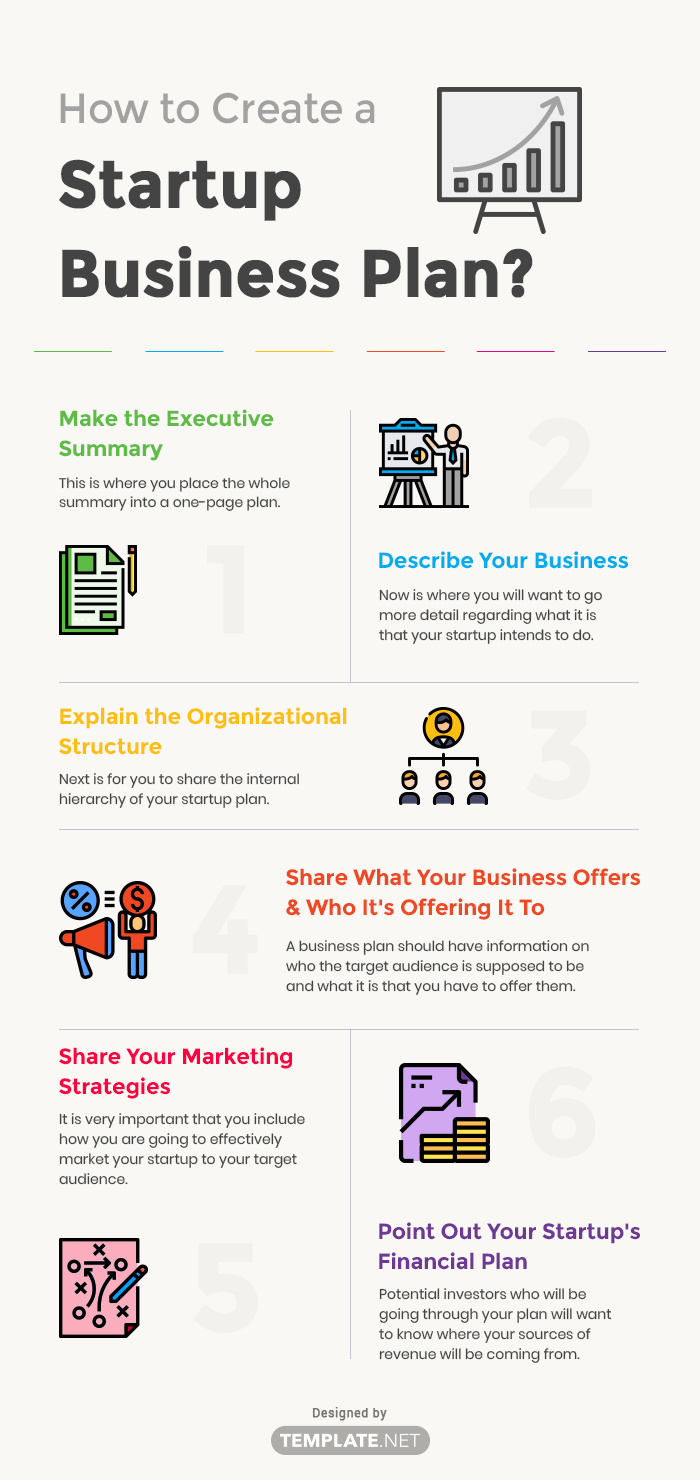Business concept strategy marketing plan doodle hand draw sketch
Table of Contents
Table of Contents
If you’re starting a new business or you’re looking to expand your business, you need a well-written business plan. A business plan acts as a roadmap that can guide you through each stage of your business, from conception to execution. A successful business plan can not only help you secure funding but also help you focus your efforts and stay on track to achieving your goals.
The Pain Points of Drawing Up a Business Plan
Are you unsure of where to start with your business plan? Do you find yourself staring at a blank page, unable to put your thoughts into words? Many people find it challenging to draw up a business plan, and it’s not surprising. Drafting an effective business plan requires research, market analysis, and critical thinking. The process can be daunting, but it’s essential for success.
How to Draw Up a Business Plan
Firstly, you need to understand that there is not a one-size-fits-all approach to a business plan. Your business plan should be customized to fit your unique company and its goals. To get started, determine your target audience, research your competitors, and establish clear business objectives. Then, analyze your strengths and weaknesses to identify opportunities and potential obstacles. Finally, create a financial plan that outlines your budget, cash flow projections, and revenue streams.
Main Points of How to Draw Up a Business Plan
Creating a business plan requires attention to detail, research, and critical thinking. Here are some main points to keep in mind when you’re drafting a plan:
- Research your market and competition
- Identify your target audience
- Establish clear business objectives
- Conduct a SWOT analysis to identify strengths, weaknesses, opportunities, and threats
- Create a financial plan that includes budget, cash flow projections, and revenue streams
Target and Personal Experience
Your business plan should cater to your target audience, whether it be investors, stakeholders or yourself. The plan should clearly outline your goals and objectives and how you plan to achieve them. As a business owner, I know firsthand the importance of having a solid business plan. When I first started my business, I struggled to create a plan that effectively communicated my vision. Over time, I learned that breaking the plan down into sections and using clear, concise language was key to its success.
Common Pitfalls to Avoid
When drawing up a business plan, it’s essential to avoid some common pitfalls, such as ignoring your competition, setting unrealistic goals, and failing to have a clear understanding of your target audience. Ignoring these issues can impact the success of your plan and ultimately, your business. Additionally, it’s important to make your business plan presentable and professional. Simple design changes like using a clear font and adding appropriate imagery can significantly elevate the attractiveness and effectiveness of the plan.
Key Elements of a Successful Business Plan
A successful business plan should clearly articulate the following key elements:
- Executive Summary
- Company Description
- Market Analysis
- Organization Structure and Management
- Service or Product Line
- Sales and Marketing
- Financial Projections
- Appendix
Question and Answer
Q: What information should be included in the executive summary?
A: The executive summary should provide a brief overview of your business, its goals, and objectives, along with a summary of your financial projections.
Q: How do I know who my competitors are?
A: Researching your market is essential to identifying your competitors. Look for businesses that offer similar services or products within your industry or geographic location.
Q: Can I make changes to my business plan after it’s complete?
A: Yes, your business plan should be flexible and can be updated and revised as your business grows.
Q: Should I hire a professional to help me with my business plan?
A: While it’s not necessary, a professional can provide valuable insight and guidance, especially if you’re new to the world of entrepreneurship.
Conclusion of How to Draw Up a Business Plan
Creating a business plan requires effort but is essential for a successful business. Remember to be clear, concise, and detailed in your plan, but above all, remember to be flexible. Your business plan should be a living document that you can update and revise as your business grows and changes. By following the tips outlined above, you can create an effective business plan that guides your pathway to future success.
Gallery
How To Draw Up A Business Plan | Business Plan Checklist - YouTube

Photo Credit by: bing.com / business plan draw build good vr zone checklist
How To Draw Up A Business Plan Yourself - RedAlkemi

Photo Credit by: bing.com / redalkemi
Business Concept Strategy Marketing Plan Doodle Hand Draw Sketch

Photo Credit by: bing.com / business marketing plan strategy doodle concept draw sketch vector background hand process illustration chart premium presentation comp visualization five template
How To Become A Small Business Owner: Starting Your Own Business

Photo Credit by: bing.com / business plan starting become owner own small notepad writing hands plans lady
Startup Business Plans Templates - Format, Free, Download | Template.net

Photo Credit by: bing.com / plan business startup template create templates summary executive





